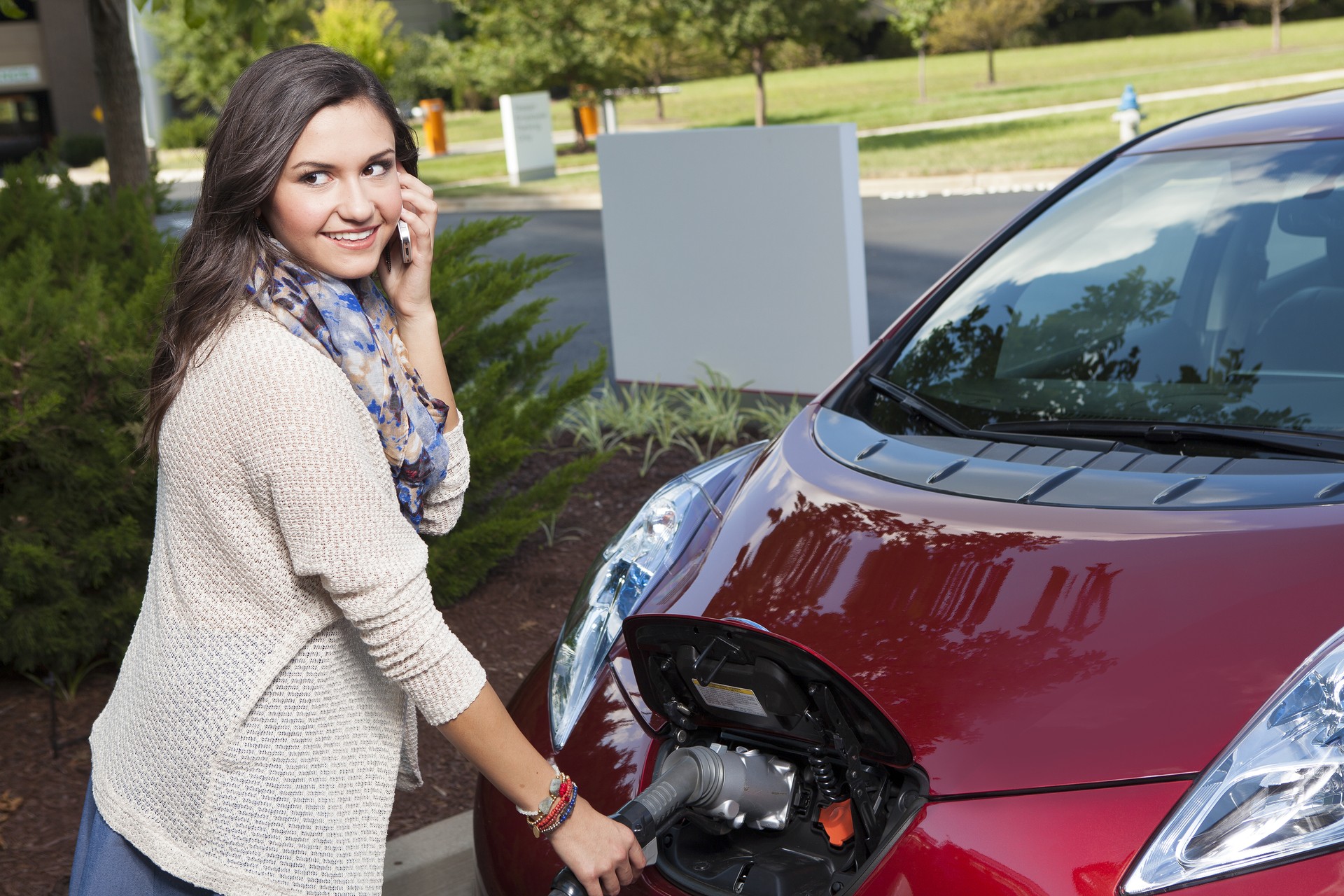Electric vehicles are becoming more and more popular, but they still have a ways to go before they become the mainstream choice. If you want to stay ahead of the curve, you need to be prepared for the future of electric vehicle infrastructure. This article will provide an overview of the different types of electric vehicle Infrastructure and what needs to be done in order for them to become a reality.
What is Electric Vehicle Infrastructure
The goal of electric vehicle infrastructure is to make electric vehicles available to as many people as possible. This will include providing access to charging stations, improving public transportation, and creating a sustainable, affordable future for EVs.
What are the Benefits of Electric Vehicle Infrastructure
Electric vehicle infrastructure has multiple benefits that can be realized through various actions. These benefits may include:
- Reduced environmental impact: Electric vehicles produce no emissions, which is convenient for both the environment and the wallet.
- Improved public transportation: With better public transportation options, everyone can easily get around town without having to hassle with parking or car rentals.
- Saved money on car rentals: By using an electric vehicle instead of a gasoline or diesel engine, you can save money on your rental fees and car payments.
- Reduced energy costs: Electric vehicles run on electricity, so they require far less energy to operate than traditional gasoline or diesel cars do. This reduces your monthly energy bill by up to 50%.
What is the Future of Electric Vehicle Infrastructure
Electric vehicles are increasingly becoming a popular choice for transportation, as they offer a number of advantages over traditional gasoline and diesel cars. Some of the key advantages of electric cars include:
- They’re environmentally friendly: electric cars produce no emissions, which is an important factor in reducing your environmental impact.
- They’re more efficient than gasoline or diesel cars: electric cars use less fuel to travel long distances, which can save you money on your monthly transportation costs.
- Electric cars are cheaper to operate than gasoline or diesel cars: compared to regular gasoline or diesel car models, electric cars cost much less to maintain and operate.
- Electric vehicles can be recycled: many electric vehicles can be recycled, meaning that you can save money by recycling old batteries and other components.
Tips for Successfully Investing in the Electric Vehicle Infrastructure Industry
One of the best ways to succeed in the electric vehicle infrastructure industry is to have a long-term investment strategy. This means diversifying your investments, keeping up with financial news, and being prepared for volatility.
Diversify Your Investments
Another key factor in success is diversifying your investments. By investing in different types of electric vehicles, you can ensure that your money is protected while awaiting a change in technology or market conditions that could affect your business.
Stay Up-to-Date on Financial News
Keep up with financial news so you can stay ahead of changes in the electric vehicle infrastructure industry and make informed decisions about where to put your money next. Use Bloomberg National Income & Wealth Services’ Electric Vehicle Infrastructure Investor Guide as a starting point, or check out news sites like Forbes and CNBC for more information on this rapidly growing industry.
Conclusion
Electric Vehicle Infrastructure has a future of growth. By planning for the future, investing in a diversified portfolio of investments, and staying up-to-date on financial news, you will be able to make successful investments in this industry.
If you are interested in starting your own business in the Electric Vehicle Infrastructure Industry, be prepared for volatility and constant change. However, with hard work and determination, you can achieve success.





